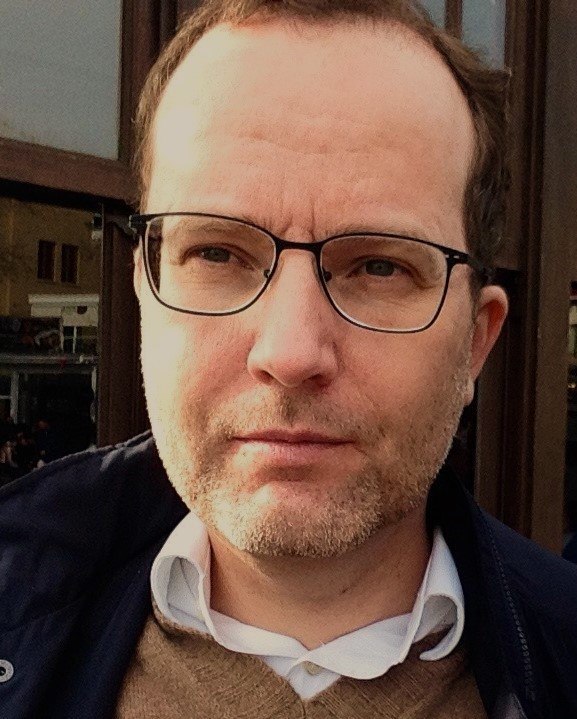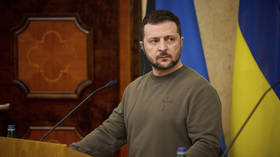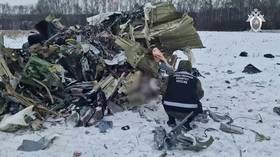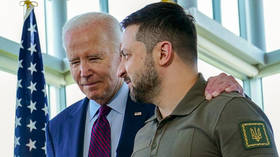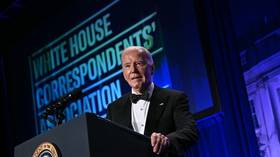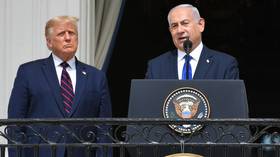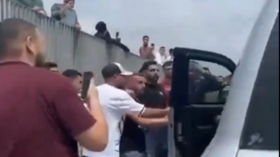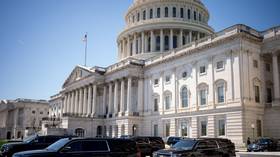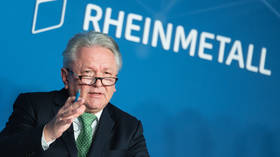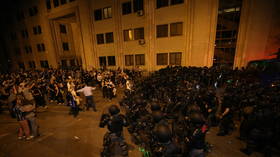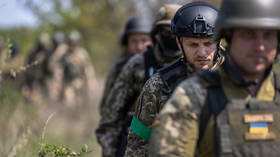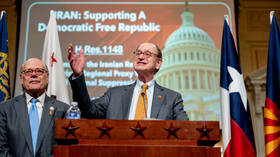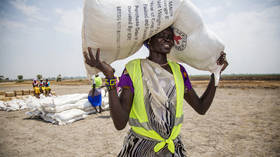Plan B? Zelensky makes a dangerous move in his faltering fight against Russia
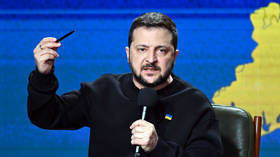
Ukrainian President Vladimir Zelensky has caused a stir. But this time not by haranguing the West on how much it owes his country (in short: everything and then some). Or because prominent Ukrainians (former presidential adviser Aleksey Arestovich, for instance) are plausibly accusing Zelensky of missing a real and favorable opportunity for peace with Russia almost two years ago.
Rumors of intrigues surrounding the military leadership of General Valery Zaluzhny or accusations of authoritarianism leveled by, for example, the mayor of Kiev, Vitaly Klitschko, are not the reason either. By now, that sort of thing is just Kiev background noise.
Instead, this time Zelensky has managed to get attention by issuing a decree ‘On Territories of the Russian Federation Historically Inhabited by Ukrainians’. Much of this fairly short document, which officially came into force on Ukraine’s Unity Day (January 22) is unsurprising. First, there is a rehash of weaponized/nationalized ‘history’ narratives that would make any serious historian blush, painting Russia (including during the Soviet period) as an evil empire that has ‘systematically’ sought to ‘destroy’ Ukrainian national identity for centuries. In Zelensky’s own words, the decree is meant to “restore the truth about the historical past for the sake of the Ukrainian future.”
But the document itself offers not truth but a silly and crude caricature. In reality, modern Ukrainian identity emerged comparatively late, and the Russian-tsarist authorities did try to curtail and restrict it, while the Soviet authorities attempted to shape it by both attacking it and promoting one version of it (as well as fighting alternatives, including a fascist version that allied with Nazi Germany). As you would expect, beyond politics, the even greater complexity of Russian-Ukrainian interactions – across the realms of (mixed) identities, beliefs, and culture, for instance – finds no reflection either.
Clearly, Zelensky decreeing history is not the place to look for an intellectually adequate, useful discussion of the fact that many more Ukrainians fought for the Soviet Union and against Nazi Germany than for Nazi Germany and against the Soviet Union. Or of biographies where Russian and Ukrainian facets were inextricably interwoven, such as that of the writer Nikolai Gogol and the even more complex cases of the painters Arkhip Kuindzhi and Ivan Aivazovsky.
But let’s be fair, Ukraine and Russia have been openly at war – and on a large scale – for almost two years now. (The causes of this avoidable war are, fundamentally, the West’s reckless, shortsighted, and cynical strategy of expanding NATO come-what-may; the Ukrainian leadership’s unforgivable decision to let the West use Ukraine and its people as a proxy to weaken Russia; and last but not least, great miscalculations on all sides.) Against that background, a Ukrainian president – even one less ill-educated than Zelensky – can hardly be expected to deliver a sophisticated lecture on the discontents of national identity. So, let’s not believe the caricature he is offering us, but let’s not get worked up about it either.
What is more intriguing is another feature of the decree. Its central explicit purpose is to protect the national identity and rights of Ukrainians living in the Russian Federation, including but not limited to six named regions. Three of those regions border Ukraine and the other three used to border it before 2014, when Crimea became part of Russia. The decree labels these territories as “historically inhabited by ethnic Ukrainians.” The list of measures to be taken to do so is predictable and, frankly, not interesting. It is a mix of lawfare, international lobbying, and instrumentalization of academics and experts that you would expect (again with a special mission for those historians eager to let themselves be used as information warfare foot soldiers). The Ukrainian World Congress, Ukraine’s Academy of Science, and the Foreign Ministry, for instance, are all charged with making their contribution to what the decree promises will be a “truthful history” – apparently without irony. Pro tip: Truth in history, insofar as possible, never comes from a government decree.
Of greater interest is the question of what this decree is really supposed to accomplish. It is, after all, a strange document to issue now. Zelensky’s regime is facing a serious, potentially fatal decline in Western backing. The situation on the front lines – think Avdeevka, the crucial fortress town in eastern Ukraine about to be taken by Russia – is so dire that the common Western euphemism of ‘stalemate’ has simply become silly: This is not what a stalemate looks like, this is what being on the verge of losing looks like. Moscow, meanwhile, has signaled no hurry in making peace, especially after recent Ukrainian attacks inside Russia, some with major civilian casualties.
Zelensky’s decree, it is true, does not lay any direct claims on Russian territory. Yet it does, of course, imply the possibility of such claims. This seems an odd moment to up the ante in this manner.
Did Zelensky feel that he needed something uplifting to offer for Ukrainian Unity Day (22 January, the day of the decree’s publication)? Is the decree meant to confirm that the president wants to continue the war, by hinting that as bad as things may look now, in the future, Ukraine will turn the tables? If so, it seems a risky gamble. Among Ukrainians abroad, especially in the so-called ‘diaspora’, such gestures may still play well. (And maybe that is why the Ukrainian World Congress received separate mention.) It is intriguing, in this regard, to watch Zelensky’s public address on the occasion of Unity Day. Produced in his signature high-stagecraft style (complete with a dramatic score that seems to come out of a Hollywood melodrama), it climaxes in a long sequence highlighting Ukrainians abroad. But those Ukrainians actually in Ukraine could feel alienated. For them, this decree at this time may come across as a gimmick, and worse, as revealing (or confirming?) that Zelensky is no longer attached to reality.
But what if the motives behind the decree are more complicated? Could it be an attempt to create a bargaining chip (weak, certainly, but perhaps better than nothing) for a future settlement with Russia? If that is the case, it is most likely to come across as a sign of despair, a case of clutching at straws. For it is difficult to see why future Russian negotiators would care. If Zelensky – and those around him – really still believe that yet another narrative offensive can compensate for real defeat on real battlefields, then they have learned nothing.
There is yet another possibility. And it is the most unsettling one. Recall that, just before the large-scale escalation of late February 2022, many in Ukraine and abroad did not expect the country to be able to fight for a long time. Against that backdrop, there were signals, promoted by the US, that a quick Russian victory would be followed by a shift to insurgency.
That was an awful idea. But it never went away. While most of the war has unfolded more conventionally, as a clash between large armies, there have also been infiltration, sabotage, and assassination campaigns. With the war going badly for Ukraine, some irresponsible strategists in both Washington and Kiev are bound to consider a plan B – namely, answering a Russian victory with an attempt to launch an extended insurgency.
The guerrilla-style operations undertaken up until now have one feature in common with Zelensky’s strange decree – the targeting of areas inside Russia. It may appear far-fetched, and it is a matter of speculation, but we should not rule out the possibility that Zelensky is trying to hint that Ukrainians inside Russia could become an asset in this type of warfare. If so, then the true intention of the decree would be to promote paranoia inside Russia. And the best response is to absolutely ignore it.
The statements, views and opinions expressed in this column are solely those of the author and do not necessarily represent those of RT.
